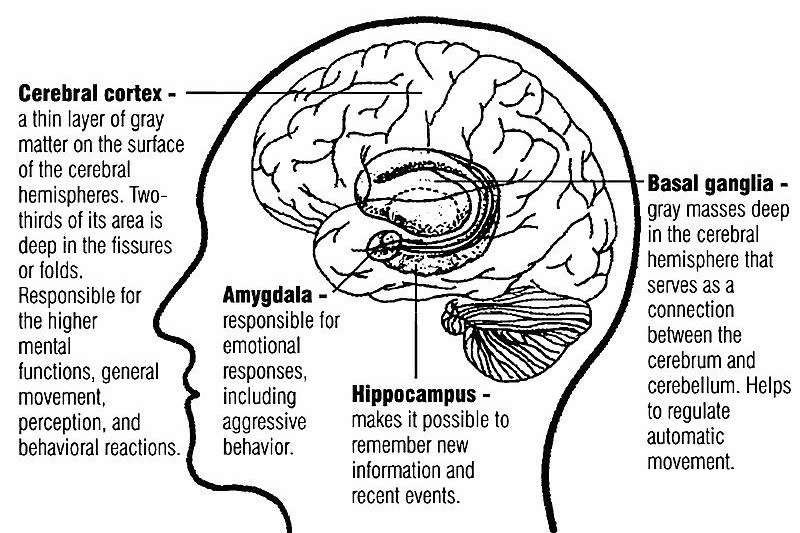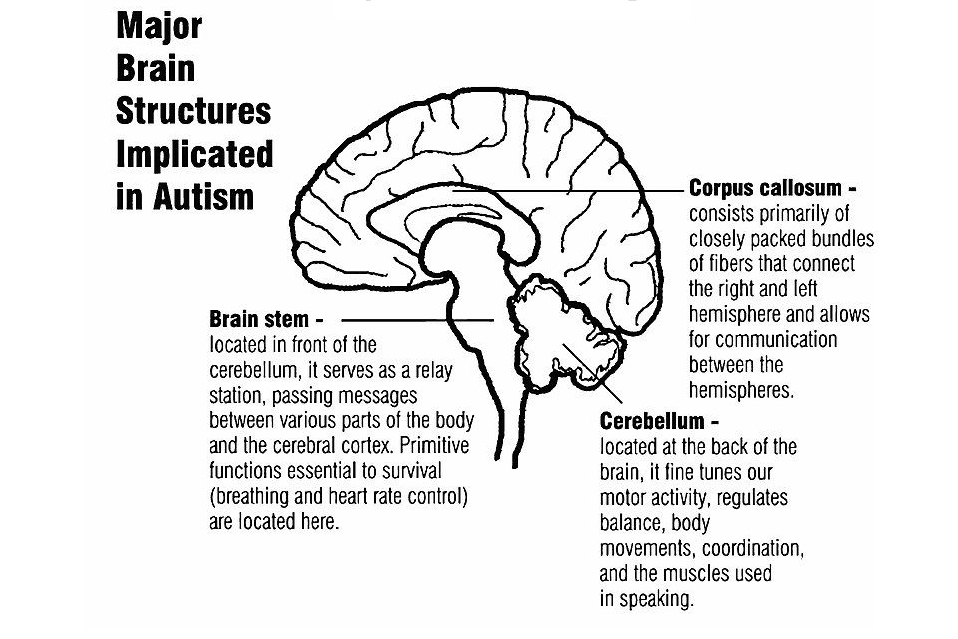Nuolai Biomedical Comprehensive Autism Support
Etiology
The factors that lead to autism can be categorized as genetics, infection and immunity, and stimulation from prenatal physical and chemical factors.
Genetic Factors
Twin studies show a concordance rate of autism in monozygotic twins as high as 61% to 90%, while no significant concordance is observed in dizygotic twins. The estimated recurrence rate among siblings is around 4.5%. These observations suggest a genetic predisposition to autism.
Infection and Immunity Factors
Research dating back to the late 1970s indicated an increased likelihood of offspring developing autism if mothers experienced viral infections during pregnancy. Subsequent studies also suggested a possible relationship between prenatal infections and autism. Known relevant pathogens include rubella virus, cytomegalovirus, varicella-zoster virus, herpes simplex virus, syphilis spirochetes, and toxoplasma gondii. It is speculated that antibodies produced by these pathogens, passing through the placenta into the fetal body, trigger a cross-immune response with the developing fetal nervous system, disrupting its normal development and resulting in autism.
Stimulation from Prenatal Physical and Chemical Factors
Early exposure of pregnant women to medications like valproic acid derivatives or antiepileptic drugs, as well as alcohol abuse, can increase the likelihood of their offspring developing autism [13-14]. According to these studies, administering a single high-dose intraperitoneal injection of sodium valproate to rats at 12.5 days of gestation resulted in the offspring showing behavioral patterns resembling autism. Additionally, research found that exposing pregnant rats to repeated freezing stimuli also increased the probability of the offspring developing autism, with these offspring displaying behavioral characteristics of autism.
Clinical Manifestation
This disorder typically begins within 36 months of age and is mainly characterized by three core symptoms: social interaction difficulties, communication impairments, restricted interests, and stereotyped repetitive behavior patterns

Diagnosis
Diagnosis should be made based on a comprehensive assessment of medical history, physical and neurological examinations, psychiatric evaluation, and auxiliary test results.
Key diagnostic points include: ① onset within 36 months; ② primary manifestations of social interaction difficulties, communication impairments, restricted interests, and stereotyped repetitive behavior patterns; ③ excluding other conditions such as Rett syndrome, Heller syndrome, Asperger's syndrome, and language and speech development disorders. If the onset occurs after 36 months or does not present all core symptoms, the diagnosis is considered atypical autism.

Rett Syndrome
Found only in girls, typically starting between 7-24 months. Before onset, normal development is observed. However, after onset, there is slowed head growth, rapid loss of acquired language and social interaction abilities, severe intellectual disability, loss of purposeful hand movements, and stereotyped hand movements (such as washing hand movements or stereotyped finger twisting). It is often accompanied by hyperventilation, unstable gait, truncal ataxia, spinal curvature, and seizures. The condition progresses rapidly with a poor prognosis.
Childhood Disintegrative Disorder (Heller Syndrome)
This disorder mostly starts around 2-3 years of age, with complete normal development before onset. Afterward, there is rapid intellectual regression, and various acquired abilities (including language, social interaction, and self-care abilities) rapidly decline or even disappear.
Asperger's Syndrome
Also known as Asperger's disorder, it shares some features similar to childhood autism, mostly observed in boys. Symptoms typically become apparent around the age of 7, mainly showing difficulties in interpersonal communication, limited, stereotyped, and repetitive interests and behavior patterns. There are no apparent language and intellectual impairments.
Expressive or Receptive Language Disorder
Children with this disorder primarily exhibit impairments in language expression or comprehension abilities, with a normal or near-normal intellectual level (IQ ≥ 70), good non-verbal communication, without qualitative defects in social interaction, restricted interests, or stereotyped repetitive behavior patterns.
Childhood Schizophrenia
This condition mainly begins in pre-adolescence and adolescence, with mostly normal pre-morbid development. Gradually, symptoms such as hallucinations, thought disorders, emotional indifference or incongruity, lack of volition, and bizarre behavior characteristic of schizophrenia appear, aiding in differentiation.
Intellectual Disability
Children with this disorder lack qualitative defects in social interaction, and although their language level may be insufficient, it corresponds to their intellectual level. However, if a child simultaneously presents typical symptoms of autism and delayed intellectual development, both diagnoses need to be considered.







